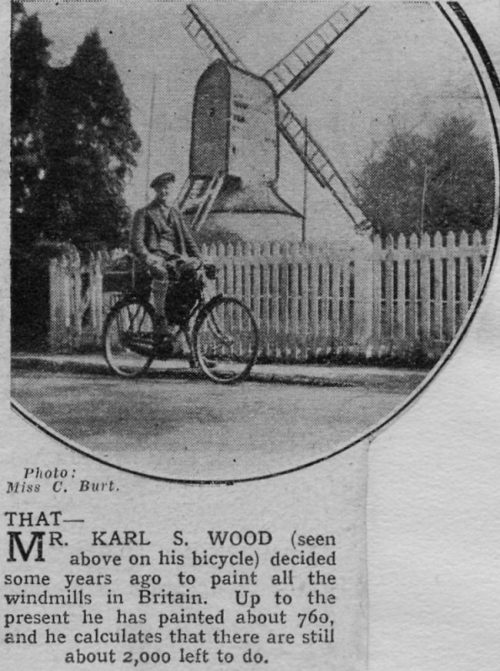
This article first appeared on our blog in August 2018. The sketch below was drawn by the eccentric and enigmatic...
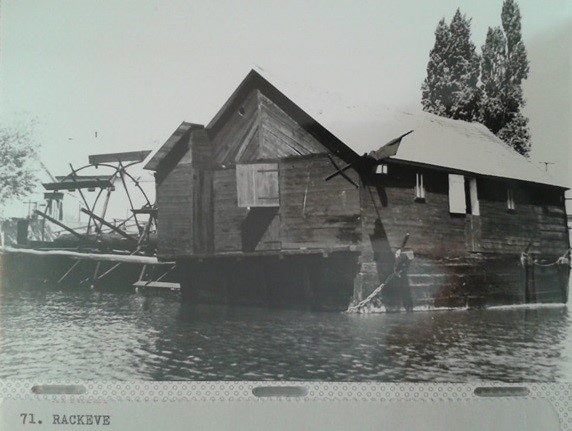
This article first appeared on our blog in January 2018. Boat Mill, 19th century (Mills Archive Collection, MCFC-ENG-064) If asked to...
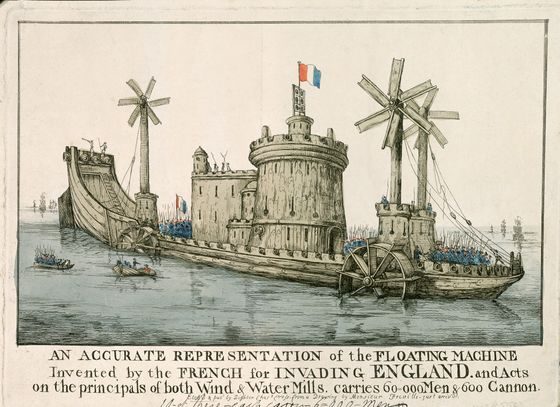
This week’s gem from the Owen Ward Collection gives a glimpse of the role mills would have played in an...
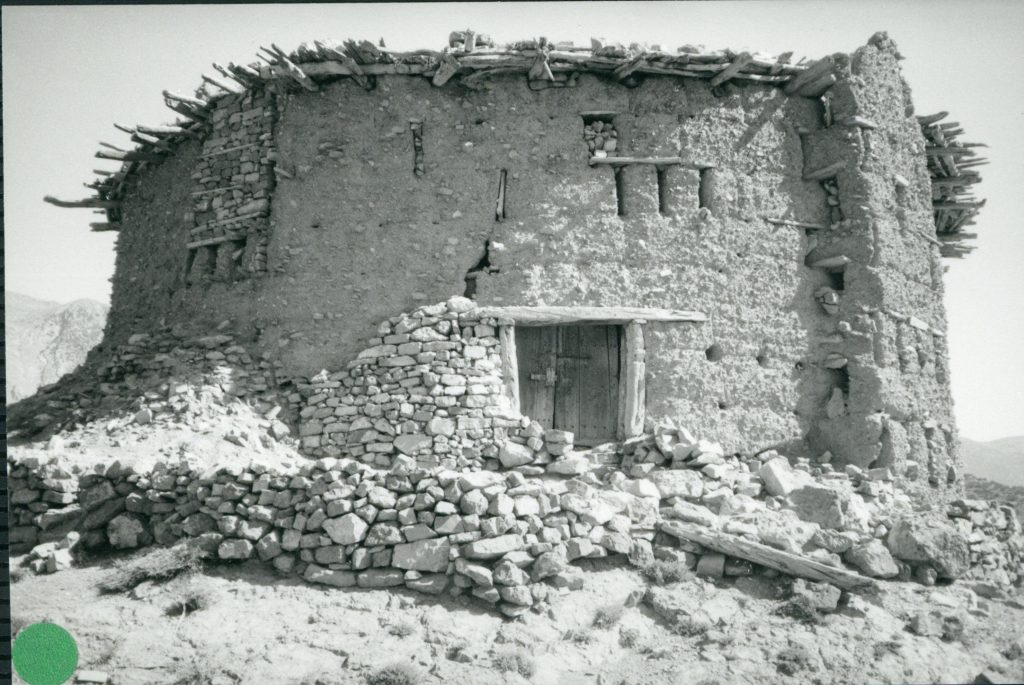
Michael Harverson Michael Harverson (1937-2017) was one of the founding trustees of the Mills Archives. A particular interest of his...

This week’s Gem is an unusual item from the Alan Stoyel Collection. It is a set of papers with images...
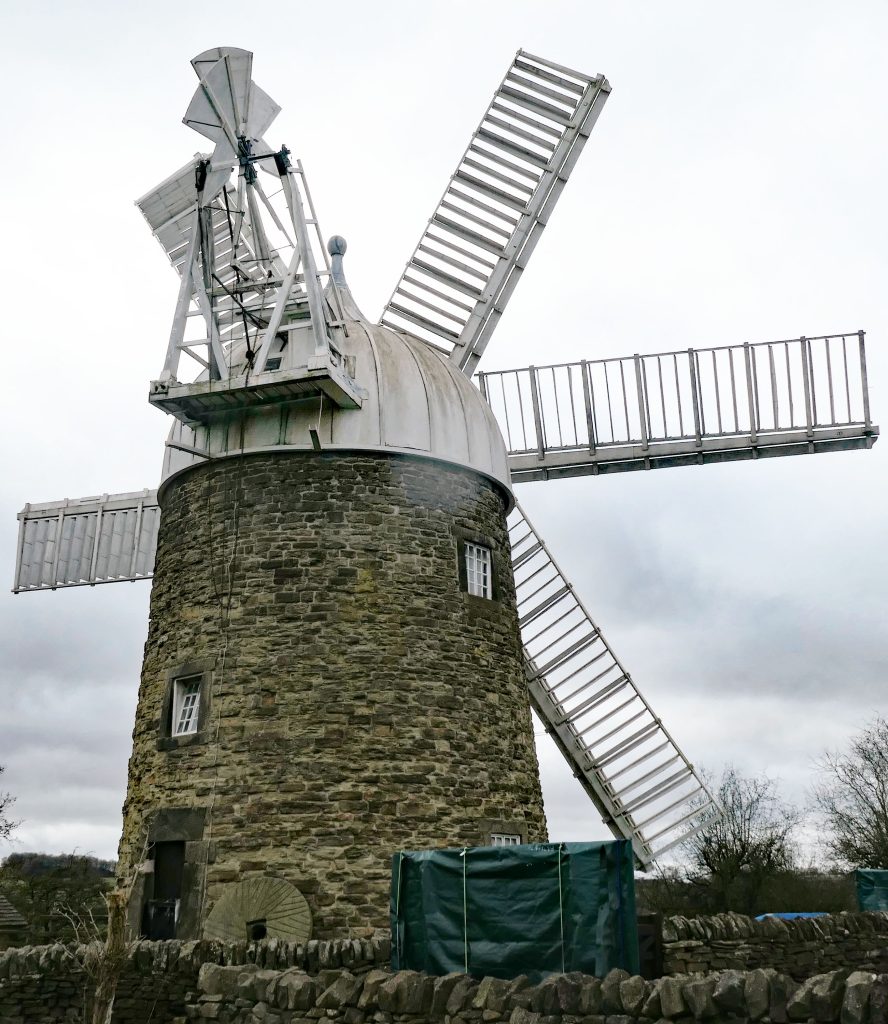
Alan Gifford (Founder Trustee) Heage Windmill, near to Belper in Derbyshire, was built in c 1795 and worked until 1919. It...
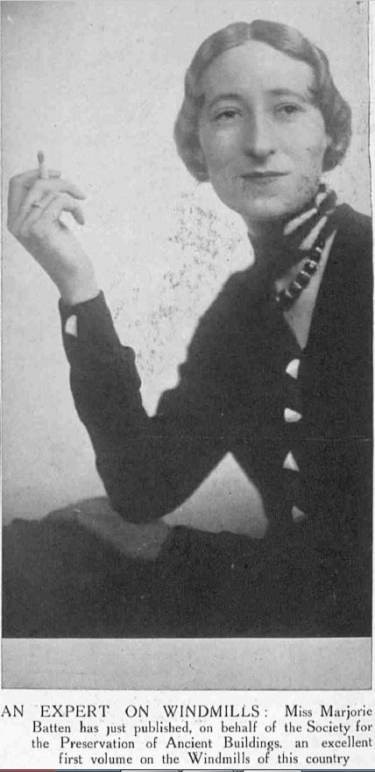
Elizabeth Trout To celebrate International Women’s Day this week (8 March) this newsletter features an interesting woman who played an...
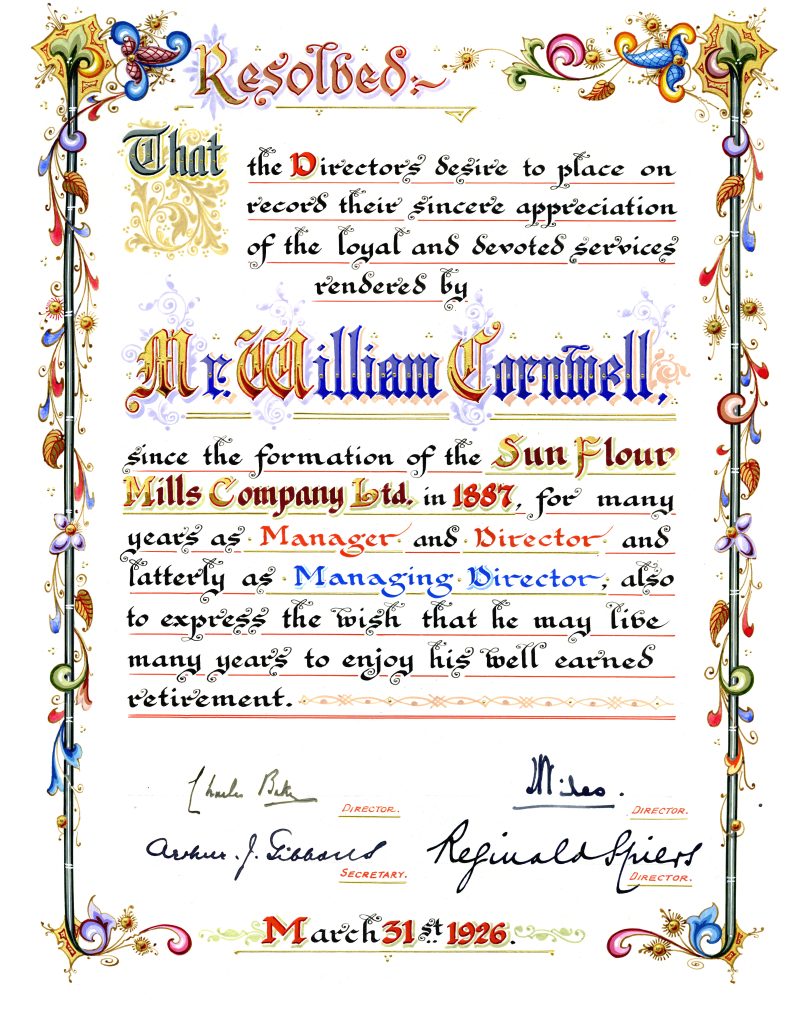
Hannah Pomeroy This week’s gem is the beautiful calligraphic certificate shown below, given to William Cornwell on the occasion of...
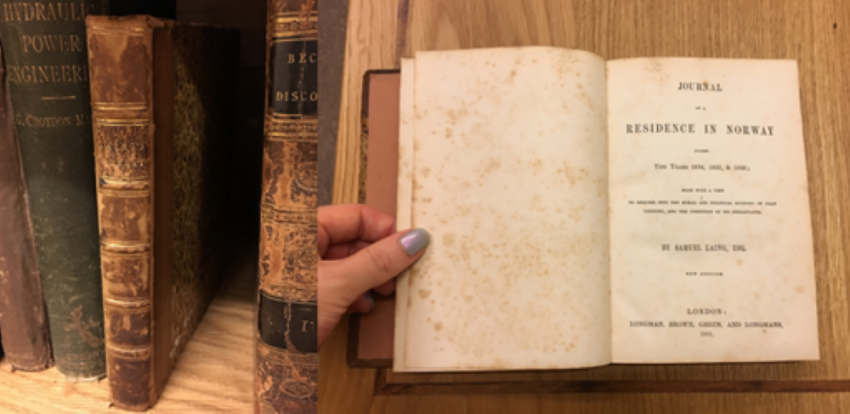
This article first appeared on our blog in May 2020. While sat in a meeting in our Founders’ Room, my...
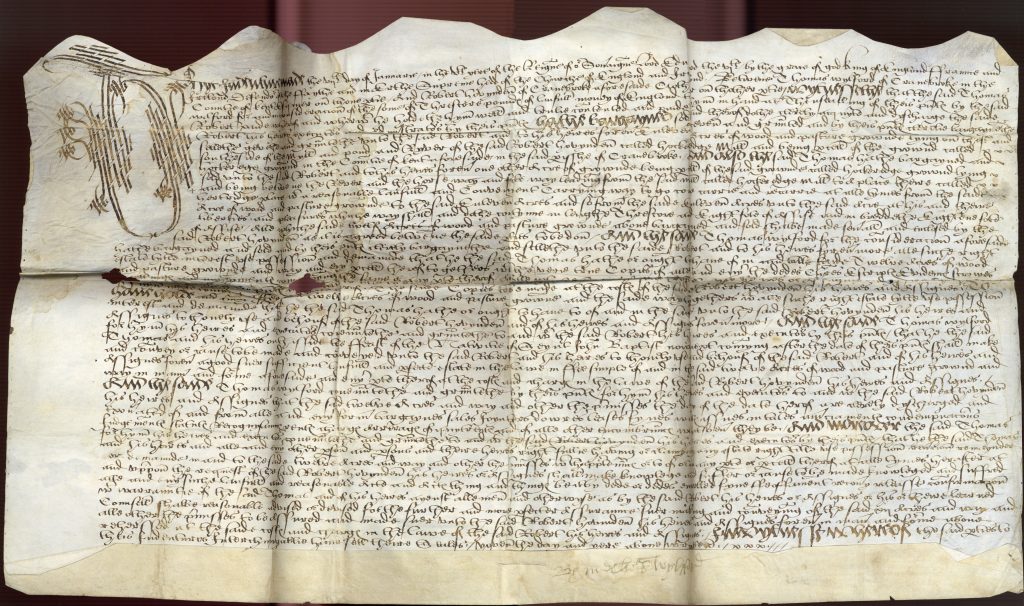
It’s time for the third in our series of 21 gems of the Mills Archive. In the last two newsletters...
Catgerories